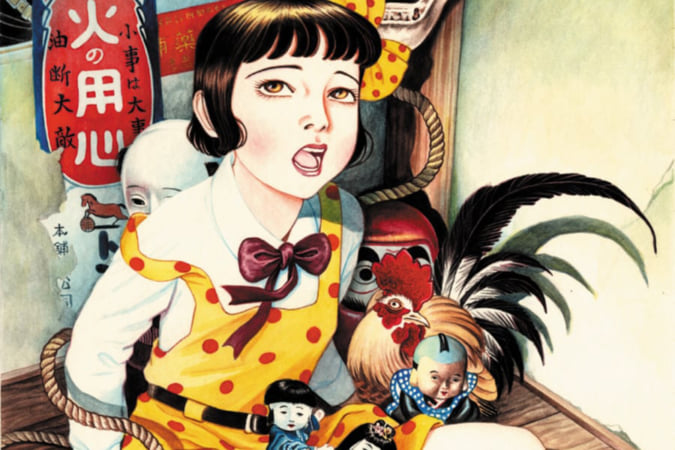Doublet, the First Japanese Brand to be Awarded the LVMH Prize
The streetwear label by designer Masayuki Ino, characterised by the humour, strangeness and comfort of its pieces, received the prize in 2018.
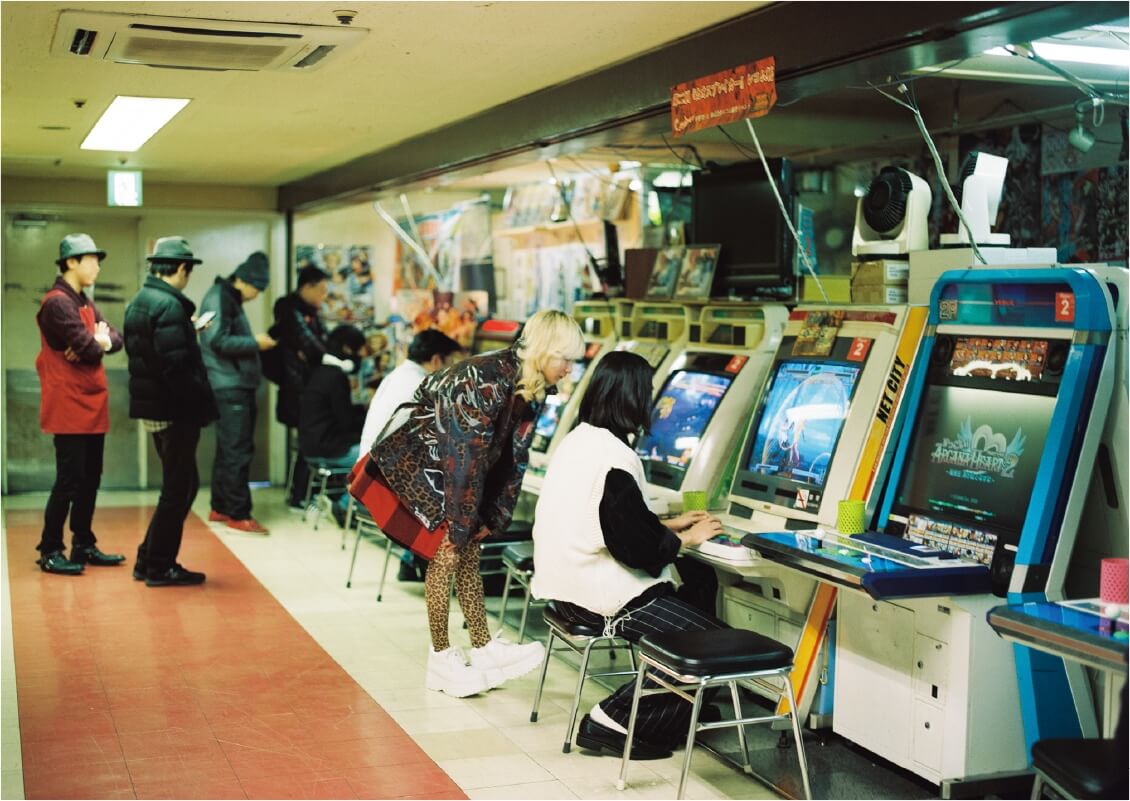
Photos: Ittetsu Matsuoka, Styling: Demi Demu, Hair&Makeup: Nori and Art Director: Yuma Higuchi
At 38 years old, Masayuki Ino became the first Japanese designer to receive the LVMH prize, which recognises young talent in fashion every year. The designer describes his streetwear label Doublet in three words: ‘Humour, strangeness, and comfort.’ His garments stand out for their colours and oversize cut.
Hawaiian shirts in plastic fabric, shiny Teddy jackets, fluorescent socks, and T-shirts full of pop culture references make up the brand’s universe. Having specialised in ready-to-wear since 2012 with Doublet, Masayuki Ino started out designing shoes. A graduate of the Tokyo Gakuen School of Fashion and Design, he is known for being the protégé of shoemaker Mihara Yasuhiro. Previously, the designer was recognised for a different project: a series of noodle boxes containing a compacted T-shirt that expands when you add water.
Masayuki Ino’s collections for Doublet can be found on the brand’s website, and on his Instagram account.
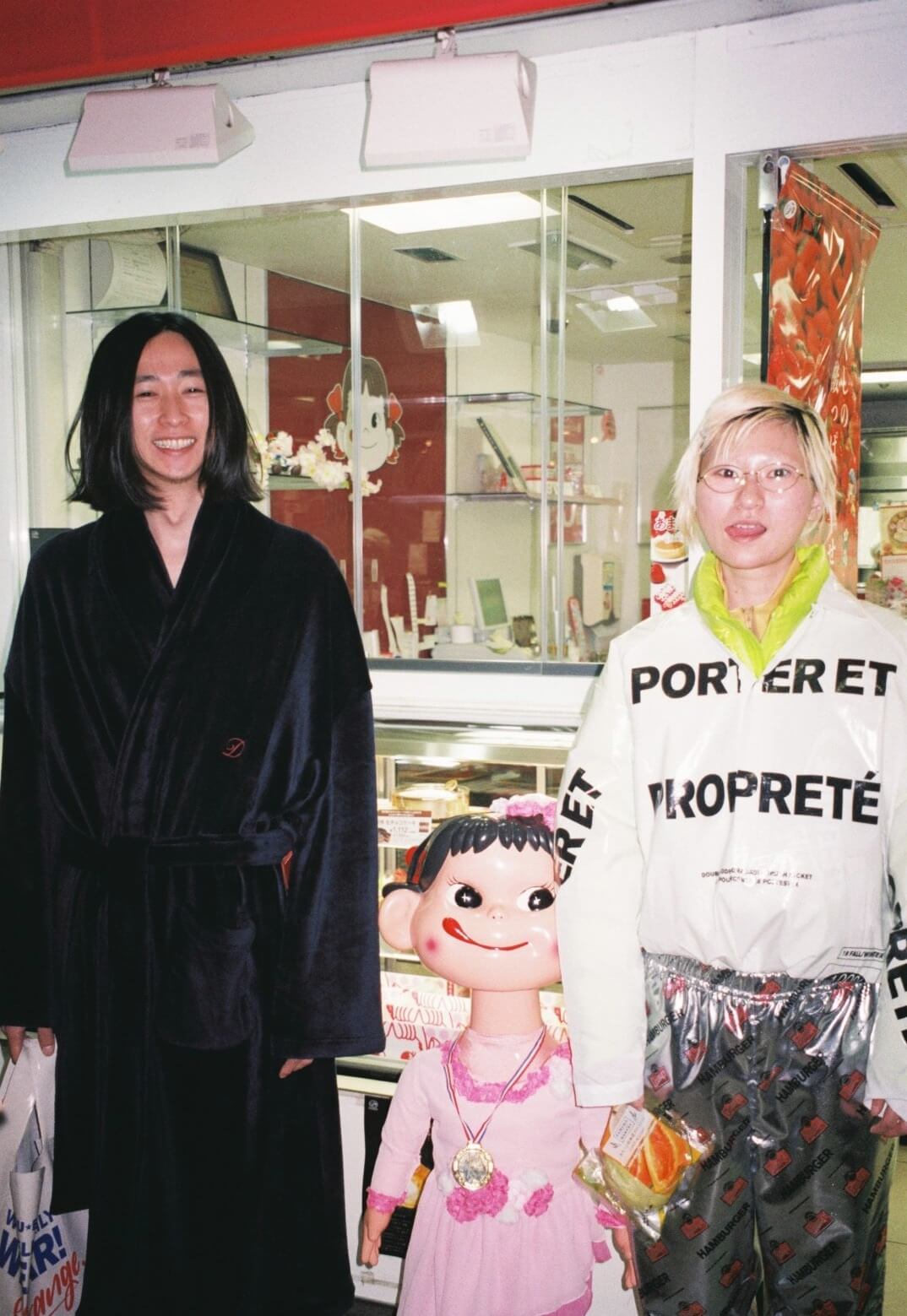
Photos: Ittetsu Matsuoka, Styling: Demi Demu, Hair & Makeup: Nori, and Art Director: Yuma Higuchi
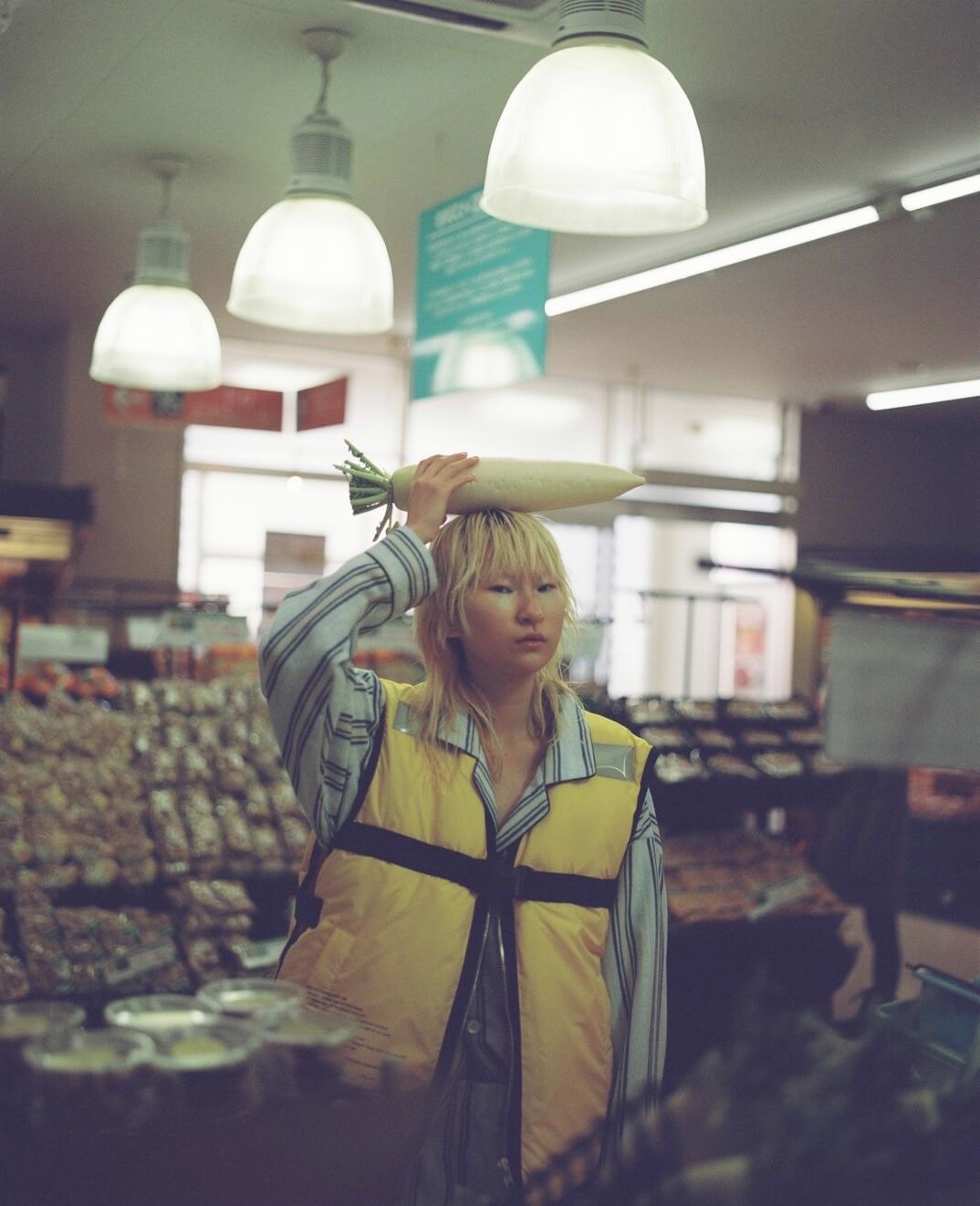
Photos: Ittetsu Matsuoka, Styling: Demi Demu, Hair & Makeup: Nori, and Art Director: Yuma Higuchi
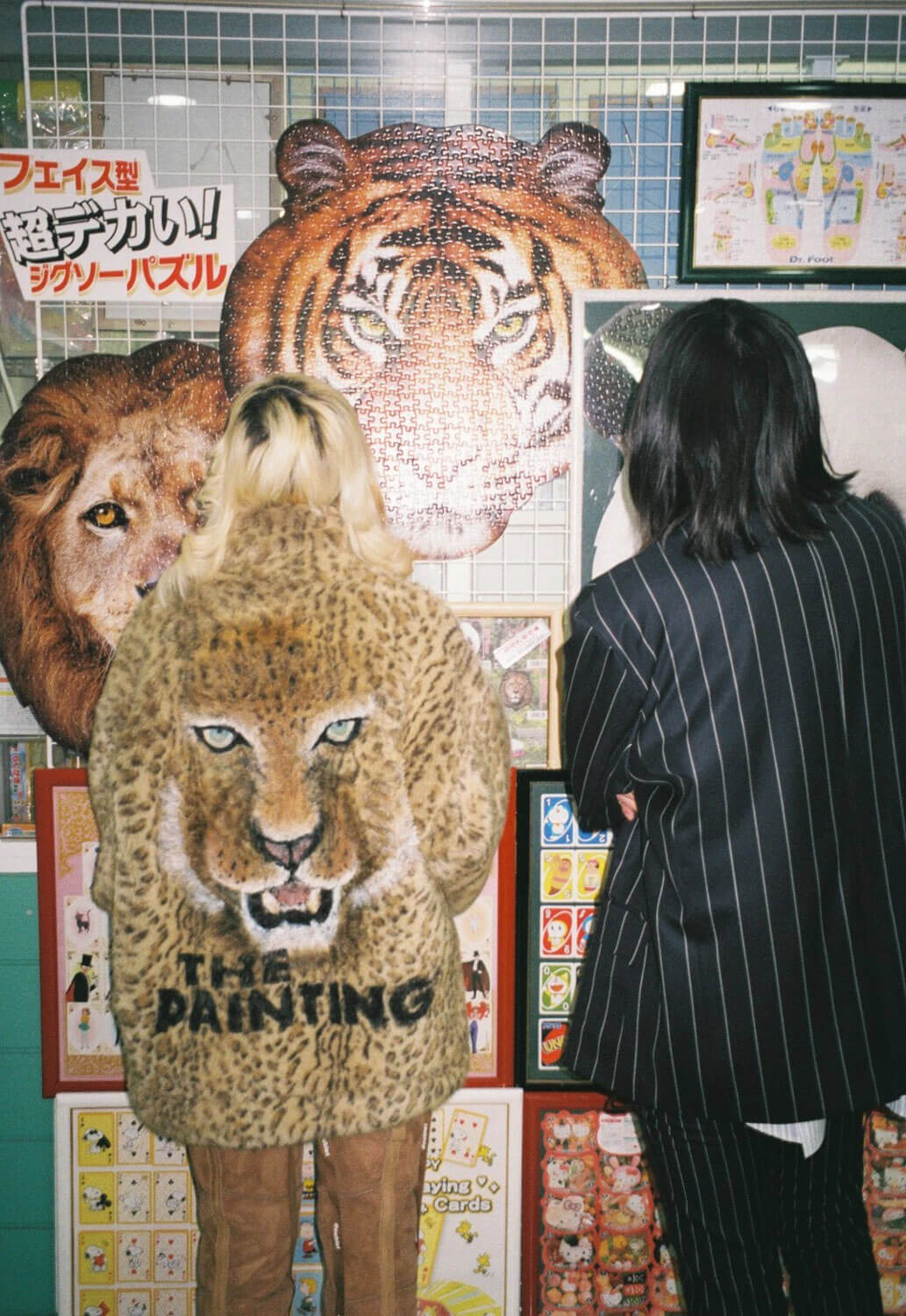
Photos: Ittetsu Matsuoka, Styling: Demi Demu, Hair & Makeup: Nori, and Art Director: Yuma Higuchi
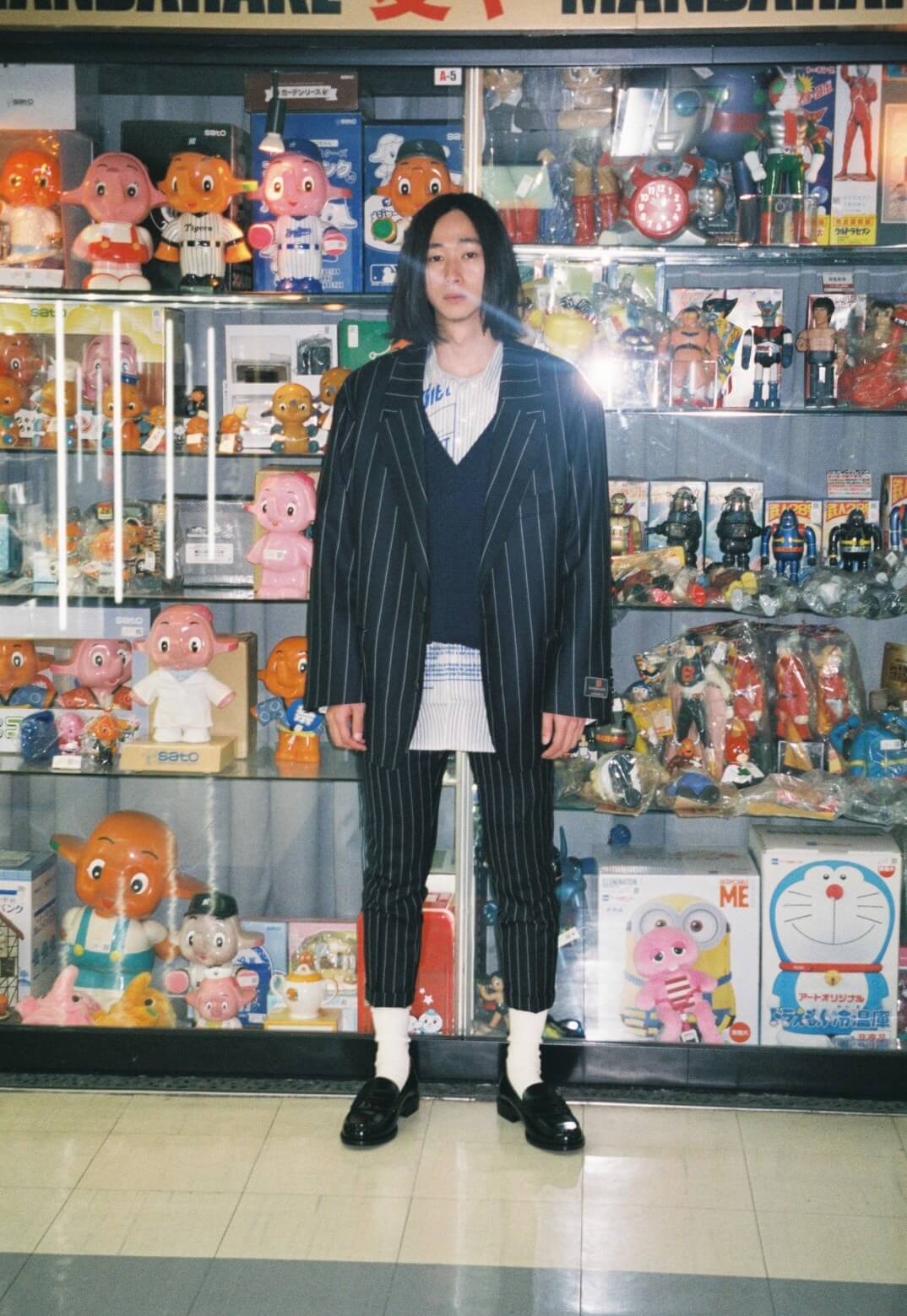
Photos: Ittetsu Matsuoka, Styling: Demi Demu, Hair & Makeup: Nori, and Art Director: Yuma Higuchi
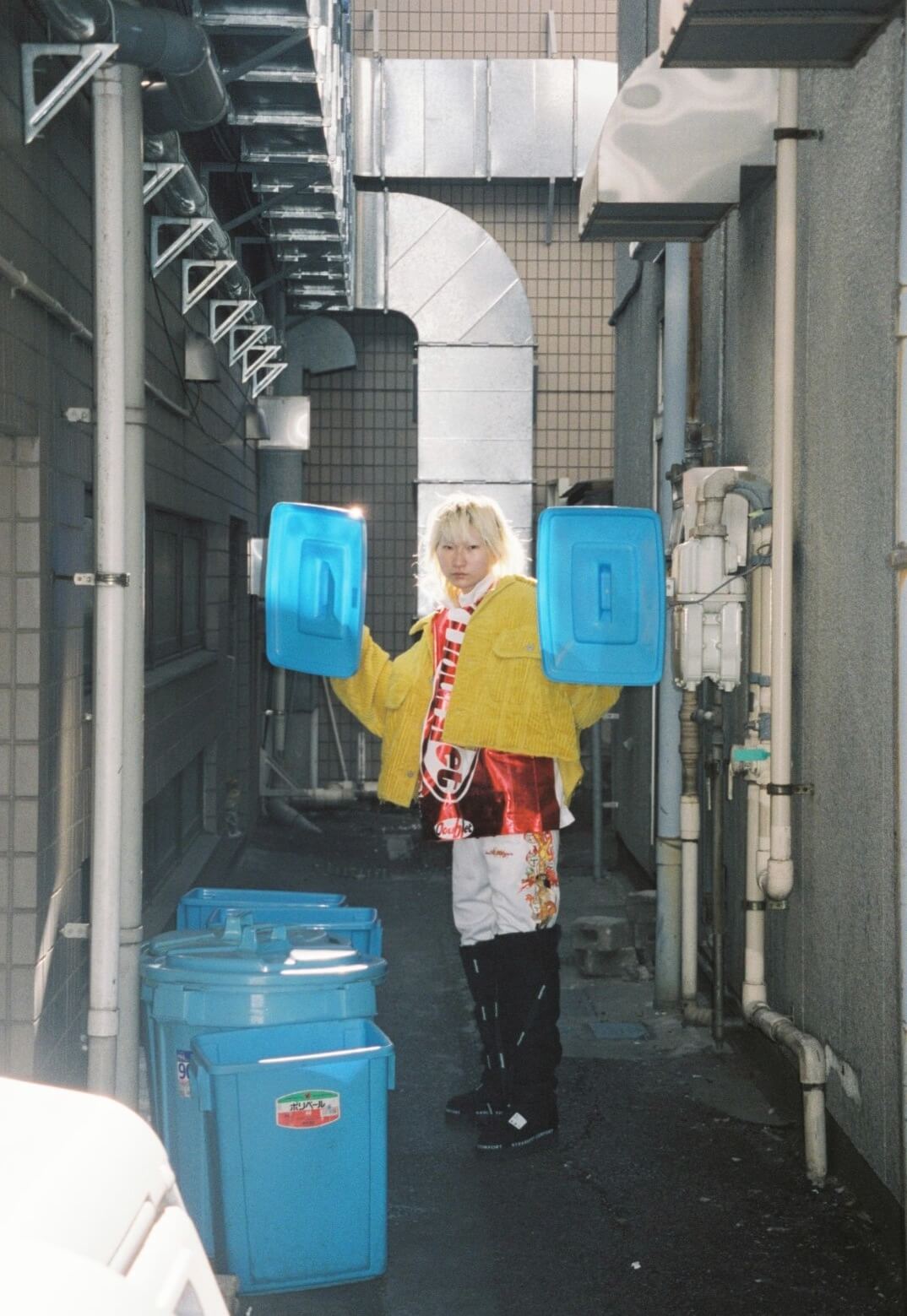
Photos: Ittetsu Matsuoka, Styling: Demi Demu, Hair & Makeup: Nori, and Art Director: Yuma Higuchi
TRENDING
-
The Tattoos that Marked the Criminals of the Edo Period
Traditional tattoos were strong signifiers; murderers had head tattoos, while theft might result in an arm tattoo.

-
‘Shojo Tsubaki’, A Freakshow
Underground manga artist Suehiro Maruo’s infamous masterpiece canonised a historical fascination towards the erotic-grotesque genre.

-
The Story of Sada Yacco, the Geisha who Bewitched Europe
Described by Dazed magazine as the first beauty influencer, she has been restored to her former glory since 2019.

-
Ito Jakuchu's Naturalist Paintings
From 15 September until 14 October 2018, the Petit Palais showcased the artist's iconic ‘Images of the Colourful Realm of Living Beings’.

-
Chiharu Shiota, Red Threads of the Soul
Last year, more than 660,000 people visited the retrospective 'Chiharu Shiota: The Soul Trembles' exhibit at the Mori Art Museum.


